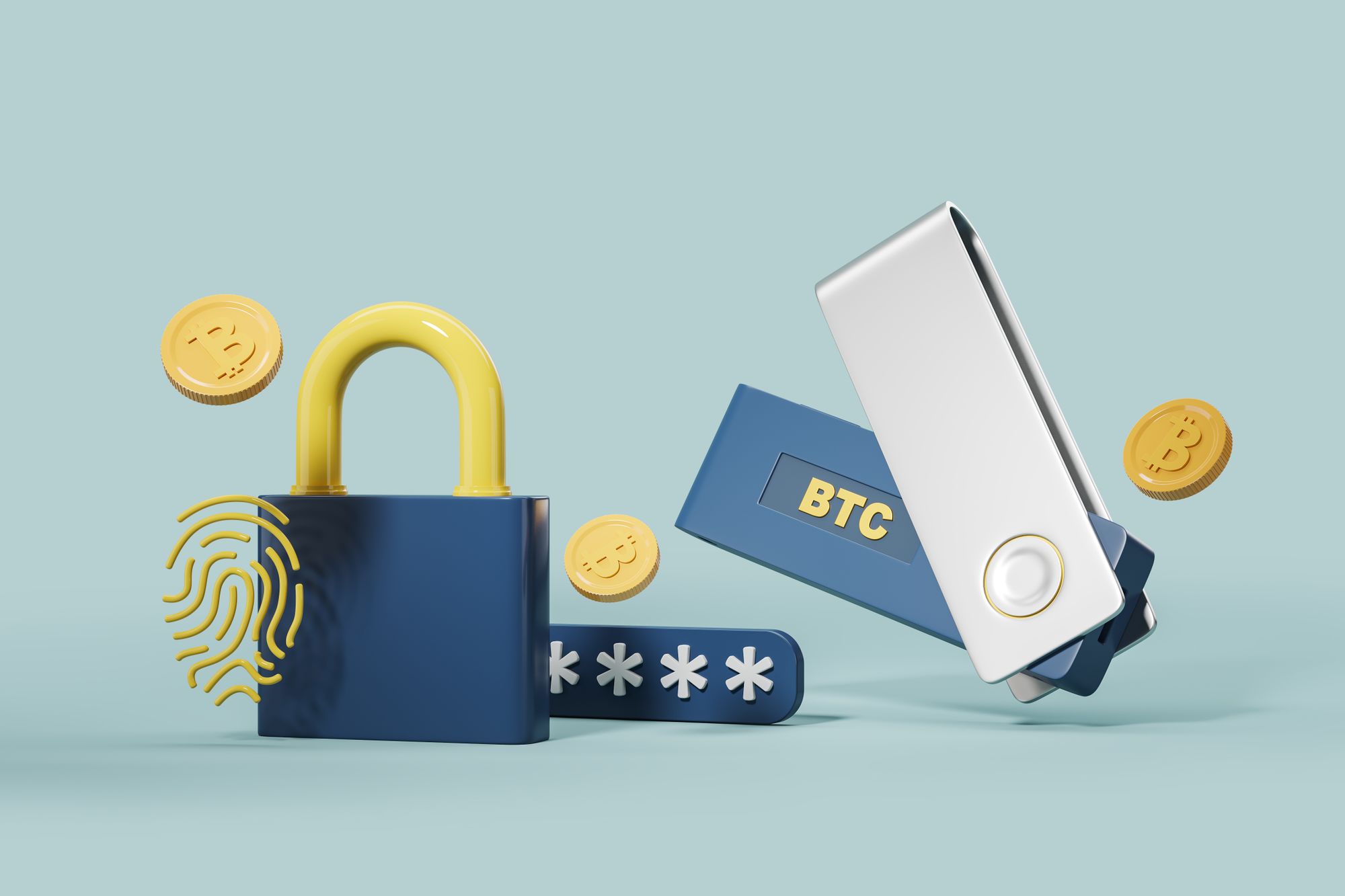The Digital Nomad’s Dilemma: How to Get Paid Anywhere, Anytime
Learn how digital nomads can overcome payment delays, high fees, and frozen accounts with smart tools to get paid anywhere, anytime.

The idea of earning a living while working from a beach café or a mountain town has drawn thousands into the digital nomad lifestyle. It feels like pure freedom: choosing where to live, when to work, and how to spend your time. Behind the glossy photos, there’s a challenge that every nomad eventually runs into: getting paid.
A paycheck that shows up like clockwork in a traditional job doesn’t exist when you’re invoicing clients around the world or selling products online. Payments can be delayed, eaten up by fees, or rejected altogether, depending on the bank or platform. For many nomads, earning is easier than keeping the cash flowing without interruption.
Why Payments Are Tricky for Digital Nomads
Life on the move looks great in photos, but the money side gets messy fast. One client pays in euros, another in U.S. dollars, and a third insists on a local app you have never used. Converting currencies takes time and shaves a little off every payment.
Then there’s the issue of geography. Banks and processors are quick to flag unusual activity when logins or withdrawals happen in multiple countries within a short span. What appears normal to a digital nomad may seem suspicious to a system designed for people who rarely leave their hometown. That can mean frozen accounts and frantic calls to customer support just to access your own money.
Most people only consider their local tax and banking regulations. Digital nomads juggle overlapping regulations from multiple countries. It is messy, often confusing, and leaves plenty of room for error if you do not have the right systems in place.
Common Roadblocks Nomadic Entrepreneurs Face
For all the flexibility that comes with working online, the mechanics of getting paid can feel like a minefield. Freelancers and small business owners who live abroad often encounter the same set of hurdles:
- Frozen accounts. Logging in from new locations or receiving payments from unfamiliar sources can trigger fraud alerts. What begins as a routine transfer can end with an account locked and funds temporarily inaccessible.
- Platform restrictions. Services like PayPal or Stripe have strict rules about the types of businesses they support. If your work falls into a category they view as risky, you could lose access overnight.
- Transaction fees. International wire transfers and currency conversions eat away at earnings. A project that looked profitable on paper can shrink once banks and payment processors take their share.
- Delays in access. Even when payments are processed, it can take days or weeks for the funds to reach your account, creating cash flow issues for those relying on a steady income.
These problems do not mean the nomadic lifestyle is unsustainable. They do highlight the need for systems designed for individuals who live and work across borders.
Flexible Solutions for Nomadic Income Streams
The good news is that digital nomads are not stuck with outdated banking systems. A new crop of tools makes it simpler to earn, move, and spend money without feeling anchored to one place.
Multi-currency accounts like Wise let you invoice in one currency and hold funds in another, which cuts exchange costs. Platforms such as Payoneer smooth payments from overseas clients, and digital-first banks put account management on your phone wherever you are. Forbes Advisor’s look at the best online banks points to features that actually matter on the road: wide fee-free ATM access, strong mobile apps, and low minimums.
If you run a business, cloud invoicing helps you look professional and keeps records clean. These tools also accept multiple payment methods, so clients can pay by card, bank transfer, or digital wallet. Used together, they form a toolkit that lowers friction and keeps money coming in no matter where you’re working.
When Your Business Is Considered “High-Risk”
Not every digital nomad makes money from copywriting or design work. Many run businesses in industries that banks and mainstream processors see as unpredictable, such as subscription services, coaching, travel planning, or selling digital products. These ventures can be perfectly legitimate, yet they still get flagged as risky.
That label creates barriers. Applications for merchant accounts are often denied, and existing accounts can be frozen without much warning. For an entrepreneur who relies on consistent cash flow, that kind of disruption can do more than inconvenience you. It can stall the entire business.
In these cases, a high risk merchant account provides stability. Instead of worrying about sudden restrictions, entrepreneurs can process payments reliably and focus on growth. For nomads balancing time zones, client demands, and travel logistics, that foundation is what keeps income steady.
Practical Tips to Stay Paid Without Stress
A strong payment setup is more than picking a bank or an app. Nomads who get paid on time tend to follow a few simple habits that keep money moving.
- Diversify your payment methods. If one service stalls, you still have backups. Pair a multi-currency account with an online processor and a spare credit card for coverage.
- Maintain a backup account. Even a dormant checking account can be a lifesaver when your primary account is flagged. It is an extra layer of protection against delays.
- Prioritize low-fee transfers. Small charges add up quickly when you are paid in different currencies. Choosing services built for international use helps you keep more of your earnings.
- Choose processors built for global and high-risk businesses. Some providers specialize in industries or setups that traditional banks struggle with, which makes them a smarter long-term choice.
These strategies will not remove every challenge of being paid internationally, but they reduce stress and uncertainty for people who work beyond borders.
Designing a Lifestyle of Freedom and Financial Stability
The appeal of life on the road is choice. You choose where to live, how to work, and what to give your time to. That independence holds up when money comes in as reliably as it goes out. Reliable payment systems are not a footnote; they are the backbone of a sustainable nomadic life.
Seasoned travelers will tell you that financial stability separates a short experiment from a lifestyle that lasts. A first-hand account of three years on the road shows how rewarding this path can be while making clear how much it depends on steady income. Getting there means running your work like a business, diversifying what you earn, and putting systems in place that keep cash flowing.
When the money side runs smoothly, your attention can return to what matters most: the freedom that drew you to this life in the first place.


